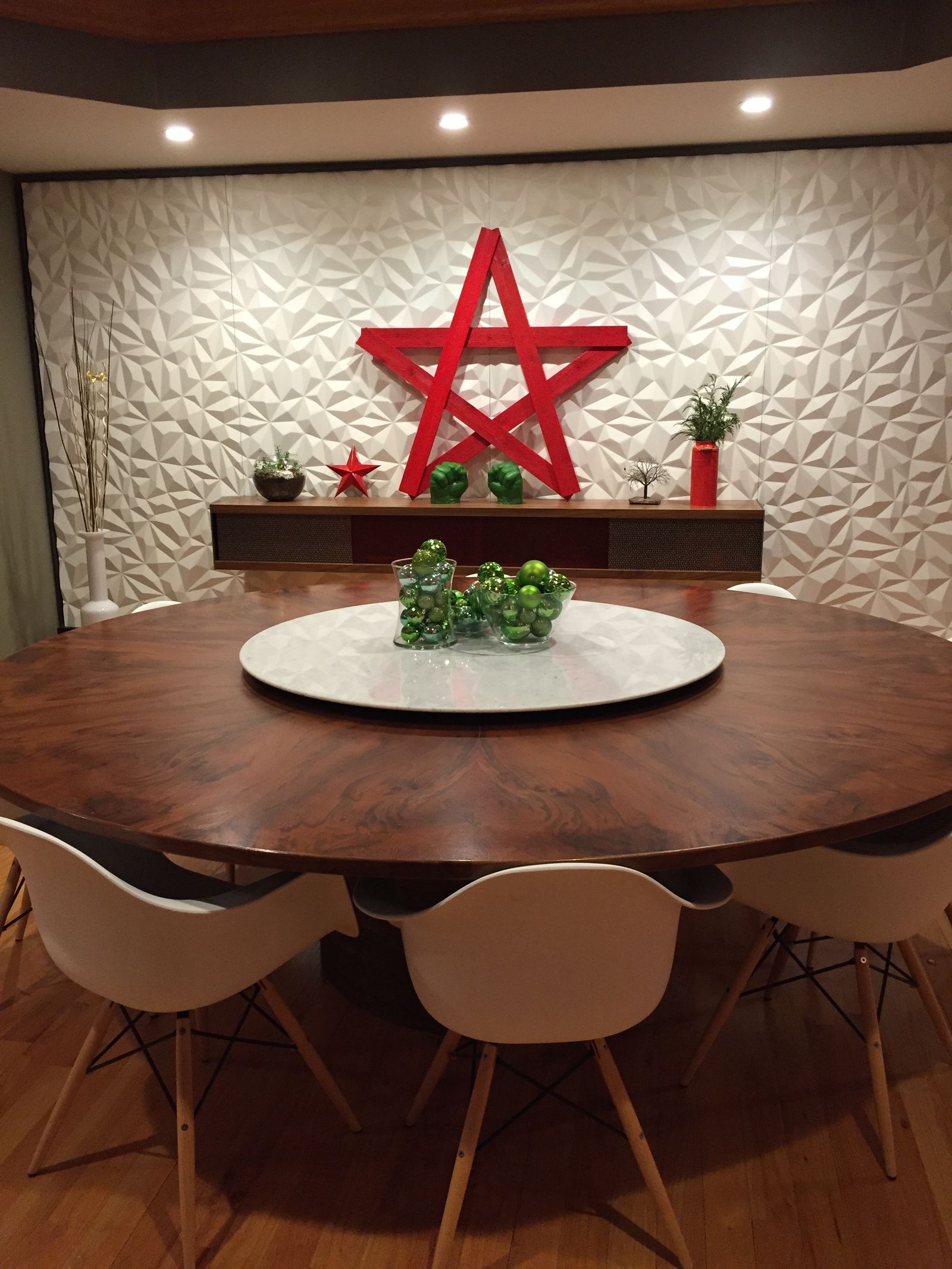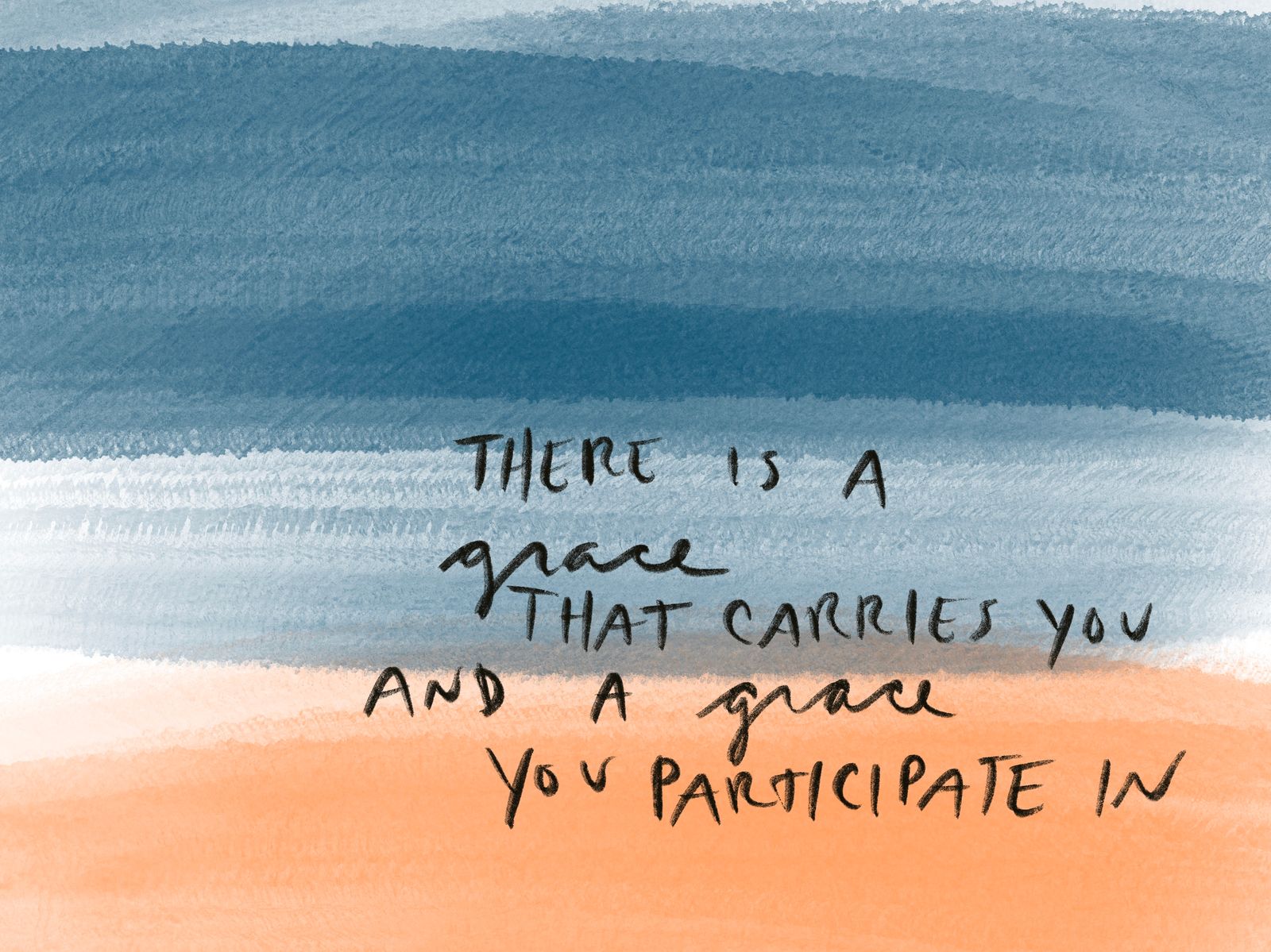The Peterson family looks like a picture of perfect family togetherness, especially around Christmas. All the adult kids regularly pause their busy lives to congregate around a 16’ diameter table—there’s talk of adding a 4’ leaf on mechanical hardware to the existing table, now that the kids are begetting kids and everyone wants a seat at it. The obvious solution to this problem is to Build More Things. We look like the classic Norman Rockwell thanksgiving painting Marmont Hill, but with exponentially more people and food allergies to accommodate around a much better-looking, multi-functioning table. We appear to work, live, relax, and worship together peacefully and profitably a large amount of the time.
I call things like I see them so let me pull back the curtain and tell you the truth: we can be a hot mess of dysfunction while doing life together.
In this family, food is love; it’s the preferred way to relate, the planning, making, and consumption of it weave us together. If there's going to be melodrama, it will inevitably center around the procurement and preparation of food.
Feeding the people in the immediate family alone demands that Shirley expend untold amounts of time and energy planning, coordinating, and executing. Now that the children are older, there can complicated dance around who is bringing what and will that mess with so-and-so’s plan and what is so-and-so’s plan and such-and-such never really contributes and another so-and-so should talk to such-and-such but that’s not going to happen because so-and-such and who-and-what are we talking about? It’s a mess of personal agendas and competing priorities, forget that all of these are attached to human people and human people are notoriously messy and awkward, especially the closer you get to them. Familiarity, or so the cliche goes, breeds contempt and we be tight. On a number of occasions a person who shall remain nameless (fine, it was me) stormed out of the room sobbing because of a miscommunication about a menu item at a holiday family function.
Somehow, in spite of all that or because of it, I’m not really clear on how this all works yet, we all still show up and sit around that big table, no matter where we’re at in life or what fights ensue. I thought for a while about family, holidays, about the key practices make this giant mega-family carry on successfully in spite of it being wholly comprised of broken people, and here are the biggies. Perhaps unsurprisingly to the holier among us, though it did catch me off guard, most of the principles, the best ones, pull from core tenets of our faith and are what make Church work when it does work.
This is how we do life together.
1) Know and communicate your boundaries.
Choose momentary discomfort over festering resentment every time. Every. Time. It’s the secret to successful long-term relationships.
2) Love each other by turning the other cheek. We practice forgiveness as a lifestyle.
A few months ago, our Pastor shared this wonderful quote, which was adapted from vows Monks take before joining a monastery, in a sermon about community. This we try to live: "We vow to remain all our life with our local community. We live together, pray together, work together, and relax together. We give up the temptation to move from place to place in search of an ideal situation. Ultimately, there is no escape from oneself, and the idea that things would be better someplace else is usually an illusion. And when interpersonal conflicts arise, we have a great incentive to work things out and restore peace. This means learning the practices of love: acknowledging one own offensive behavior, giving up one’s preferences, and forgiving.”
The interplay between number 1 and number 2 on this list seems at the outset to be at odds, but really, grace makes honest, safe communication possible. For instance, when so-and-so steps up and says “making this particular type of pudding* is very important to me,” then such-and-such can turn the other cheek and say “okay, I didn’t know that, go ahead and make the pudding,” though such-and-such hates that sort of pudding. Such-and-such will give up their personal preference because for so-and-so, it’s a matter of pride or tradition or something bigger than a small matter of taste and that is how you love someone.
“Grace,” I read once while scrolling on Facebook, “sticks best to our imperfections.” It was one of the truer memes I’ve seen.
3) Be willing to put a pin in the BIG conversations.
We talk a lot about the Big and Scary Things in life, but sometimes, in the name of enjoying some cozy togetherness, we'll choose to press pause on the conversations about the trigger issues until a day that’s not Thanksgiving or Christmas eve or someone's birthday. Because we're committed to remaining in an open and ongoing relationship with one another, there's time and space to work it out.
As best I can tell, from this end of the table with a belly full of food and heart full of love, these are the three practices make our togetherness possible.
So, from our family to yours, may your Christmas be merry & bright & full of life, loved ones, and family, lit by the love of Christ, the hope for us all.
*it wasn't "pudding," the identity of the real disputed food item has been changed to protect the innocent.





